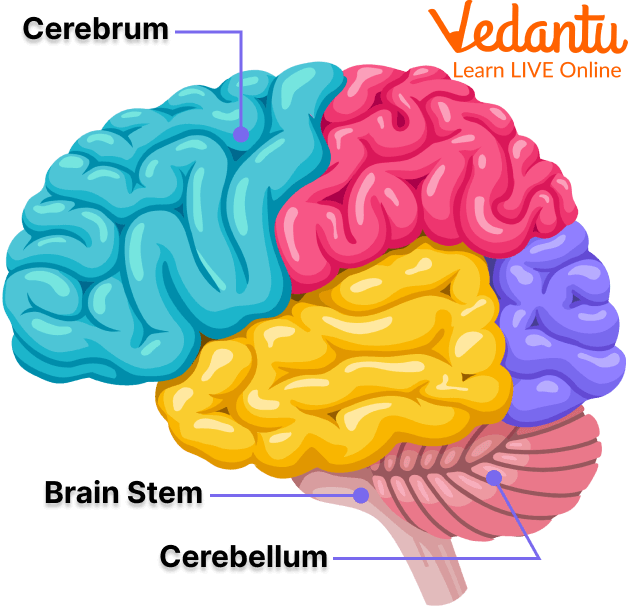
Have you ever pondered how we effortlessly retrieve words from memory, crafting sentences in the blink of an eye? This fundamental question invites us to explore the intricacies of neurolinguistics and the brain processes underpinning language storage. In a world abundant with vocabulary, one may wonder which brain processor specifically stores our known words. This investigation into the neural substrates of language provides a fascinating lens through which to understand the interconnectedness of cognition and linguistic representation.
To simplify the principles of neurolinguistics, we first need to discuss the multilayered architecture of the brain, particularly the regions responsible for language. The most prominent areas involved in language processing are Broca’s area and Wernicke’s area, both located in the cerebral cortex. But when it comes to the storage of known words, the picture becomes more intricate.
Consider the possibility that language is not merely a construct residing within localized areas of the brain. Rather, it is a sophisticated system reliant on various interactively linked networks. The neural processing required to retrieve known words encompasses a wide array of cognitive functions, including memory, auditory processing, and semantic comprehension. Thus, a more nuanced understanding of language storage begins to unfold.
At the core of word storage is the concept of the mental lexicon, defined as an internal repository for a person’s vocabulary. This lexicon is not a static database; instead, it is dynamic and constantly evolving. Words are not stored in isolation, but rather intertwined with various semantic and phonological properties. The mental lexicon consists of both productive and receptive vocabulary, signifying words we can actively use as opposed to those we can merely recognize.
The parsing of our known words typically takes place in the left hemisphere of the brain, particularly in the dominant hemisphere for language—most commonly the left for right-handed individuals. Within the cerebral cortex, neural circuits engage in complex activity when we articulate thoughts or comprehend spoken language. Each word is associated with its own unique neural activation patterns shaped by personal experiences and contextual factors.
Delving deeper, we can explore the role of the angular gyrus and the supramarginal gyrus as pivotal processors in this language network. These regions contribute to the integration of visual and auditory processing, essential for reading and understanding language. They allow us to forge connections between the written form of words and their corresponding meanings, thus enhancing our verbal fluency.
The challenge arises when we consider the implications of this intricate system of word storage. If words are so deeply embedded in numerous interconnected networks, what happens when they begin to erode over time? This phenomenon is often observed in aging populations or in individuals experiencing neurological disorders like aphasia. The disconnection between memory retrieval and the articulatory functions of language can lead to significant communicative impediments. Therefore, understanding the structural integrity of these processors remains critical for advancing therapeutic approaches.
Moreover, the cortical adaptations in language storage elucidate an ongoing process known as neuroplasticity. As we encounter new words, our brain exhibits remarkable adaptability, allowing for reorganization and strengthening of neural pathways. This concept reinforces the idea that the brain is not merely a fixed storage unit. Instead, it is a dynamic entity capable of change and development. It begs the question: how can we harness this neuroplasticity to enhance language acquisition and retention throughout life?
Emerging research in neurolinguistics also underscores the significance of contextual learning in word retention. Situational cues, emotional associations, and social interactions play instrumental roles in enhancing our lexical proficiency. Learning new vocabulary in context—not in isolation—promotes deeper encoding in the brain, fostering a robust mental lexicon ripe for retrieval.
Furthermore, the interaction between language and cognition raises profound implications for artificial intelligence and machine learning systems. These technologies strive to replicate human-like language comprehension, yet they grapple with capturing the fluidity and depth inherent in human vocabulary processing. The quest for developing algorithms that mimic the intricate neural networks involved in language storage is an ongoing challenge, illustrating just how complex the task of understanding our own language systems truly is.
As we adapt to an ever-evolving landscape of language, it is vital to consider individual differences in linguistic abilities. Factors such as socioeconomic status, educational background, and exposure to diverse linguistic environments can profoundly influence vocabulary acquisition and retention. It leads to questions about how these disparities might impact cognitive development and lifelong language proficiency.
Ultimately, the exploration of which brain processor stores known words in neurolinguistics reveals a multitude of interconnected neural systems, cognitive functions, and dynamic processes that govern language use. As we seek to unravel these complexities, we should cherish the brain’s remarkable capabilities and its adaptability. Perhaps the playful question remains: How can we not only store words but also cultivate a linguistic landscape that flourishes throughout our lives? By fostering deliberate practice, engaging in rich discourse, and navigating the contexts of language, we can continue to unlock the potential of our mental lexicon, empowering ourselves and others in the realm of communication.
